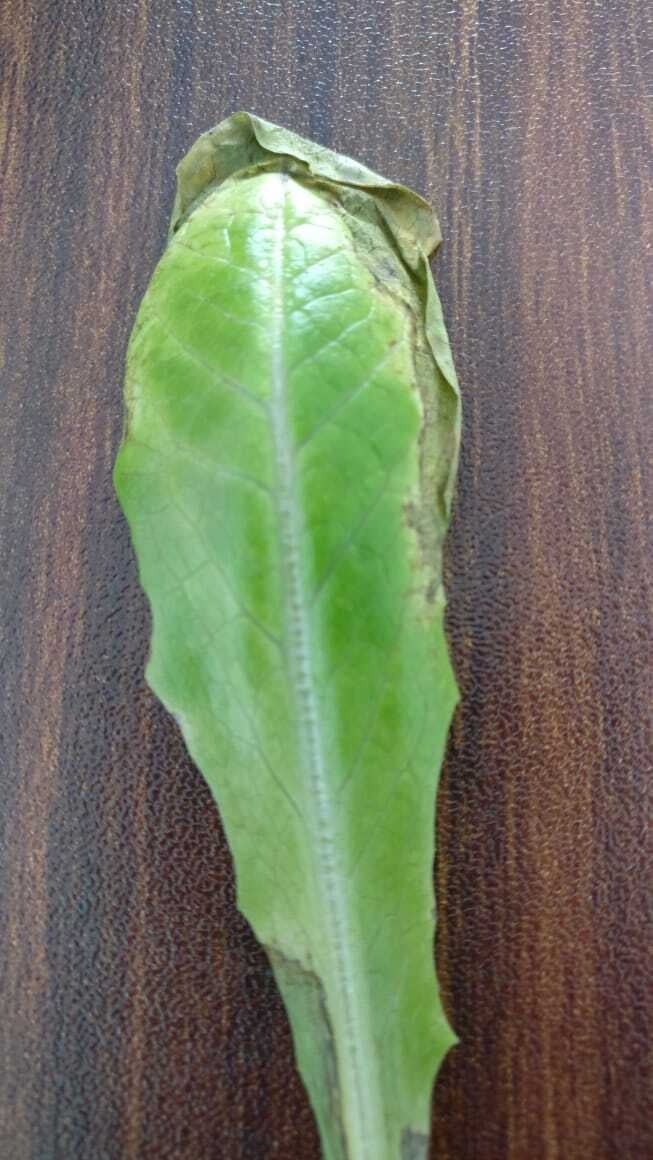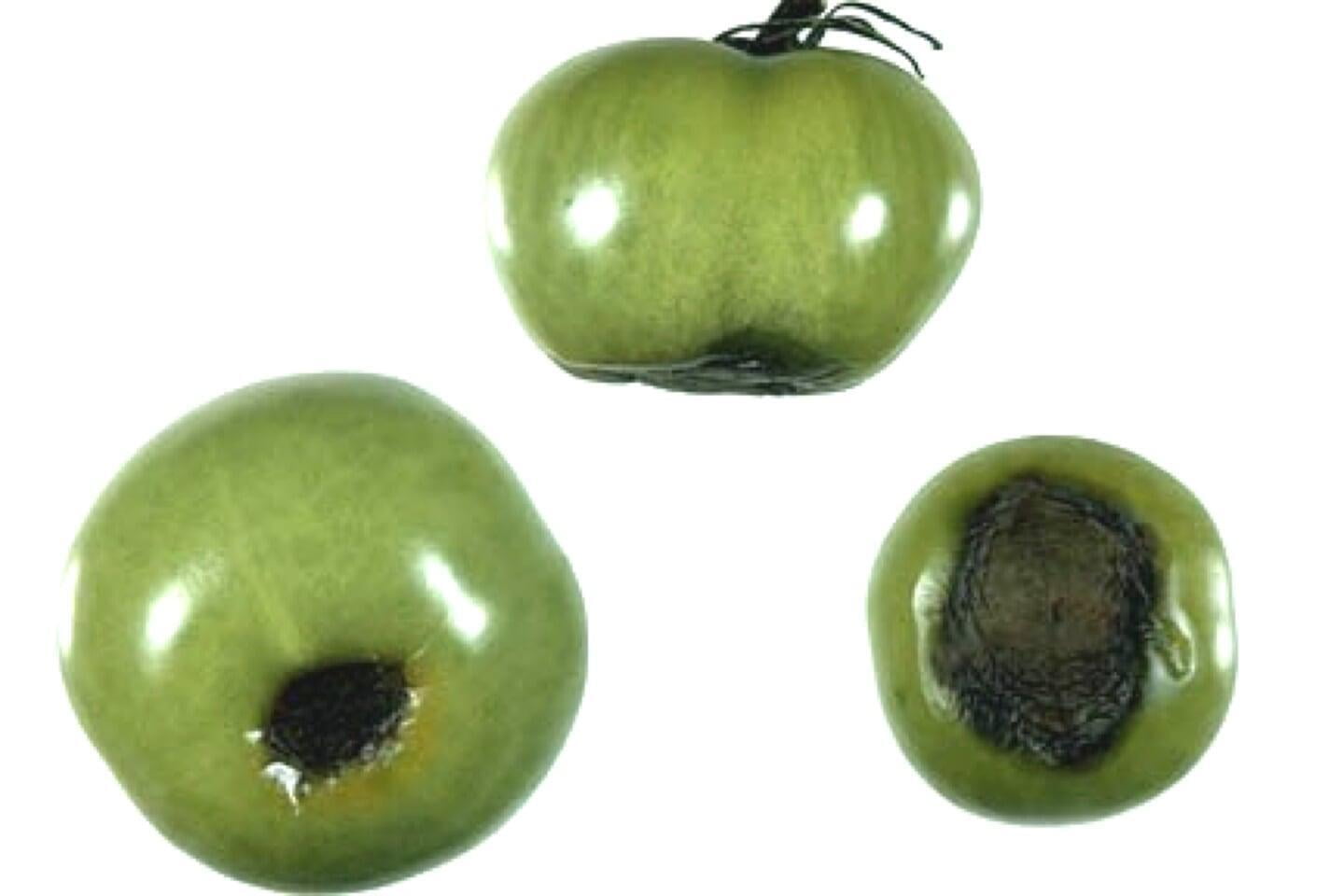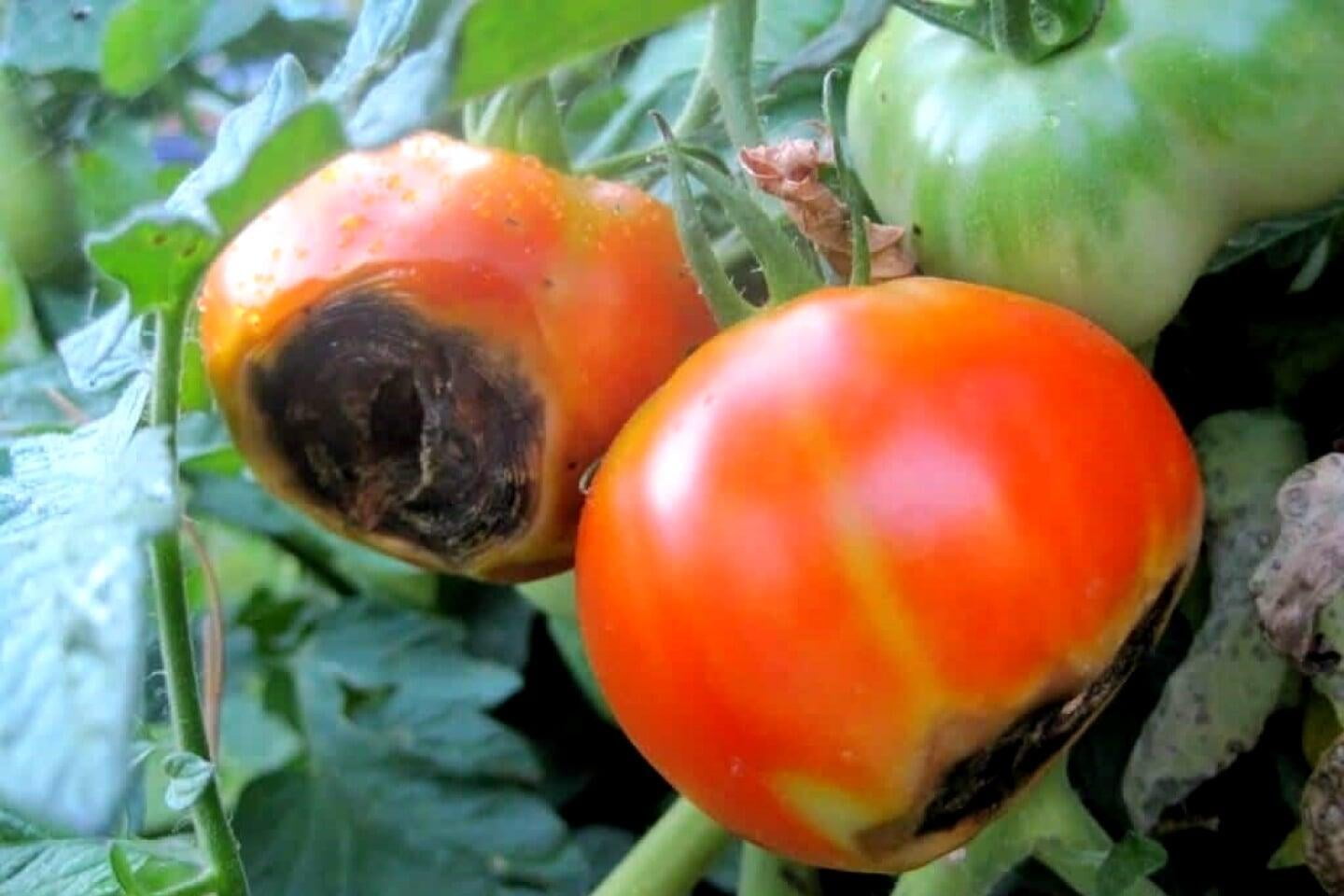Understanding B.E.R.
To understand B.E.R., we need to split this disorder's name to get its meaning - Blossom (=Flower; later develops into fruit) - End (=basal region) - Rot. A dark color spot at the blossom end of the fruit represents Blossom End Rot. Though also found in Capsicum, It's the most common physiological disorder of tomato. It is a disorder that you will notice in your garden if your tomato plants are deficit in calcium, a secondary macronutrient. Other crops that get affected by B.E.R. are Chilli, Brinjal, Watermelon, and Squashes. Blossom End Rot occurs when there is a wide fluctuation in water management as the calcium uptake and movement activity reduce in plants.
What causes BER?
Though in a vast majority of cases, calcium deficiency is the culprit, still, in a few instances, BER may occur due to other causes, like:
- Supply of higher concentration of nitrogenous fertilizers
- Higher salt levels in growing media
- Damage to roots while doing any operations in the garden
- pH (too high or too low) can also be a reason
Is Calcium the culprit?
Contrary to popular belief, calcium deficiency may not be the reason behind blossom end rot in your plants.
Blossom End Rot Progression
It starts with a small, depressed and water-soaked lesions (air spaces under the epidermis tissue of fruit become filled with liquid) on the blossom end of the fruit. There will be water-soaked spots. As the fruit develops, the size of the spot will increase, giving a black/brown, patchy appearance on the fruit that eventually rots and becomes unfit for consumption.
Is blossom end rot a serious problem?
How to manage blossom end rot?
To solve for Calcium deficiency, you can increase the amount of calcium in the nutrient plan of your crop. Apart from solving for Calcium deficiency, you can follow the following measures to mitigate the chances of developing Blossom End Rot in your plants.
- Do water the plants at regular intervals.
- Maintain a neutral pH in the medium.
- Use nitrate nitrogen, instead of ammoniacal nitrogen.
- Do not damage the roots, while doing intercultural operations (hoeing)
Kindly check for the BER in your garden if you are growing tomatoes. Do not spray insecticides/fungicides thinking it's a disease. Be aware of this physiological disorder.
Happy Gardening!


